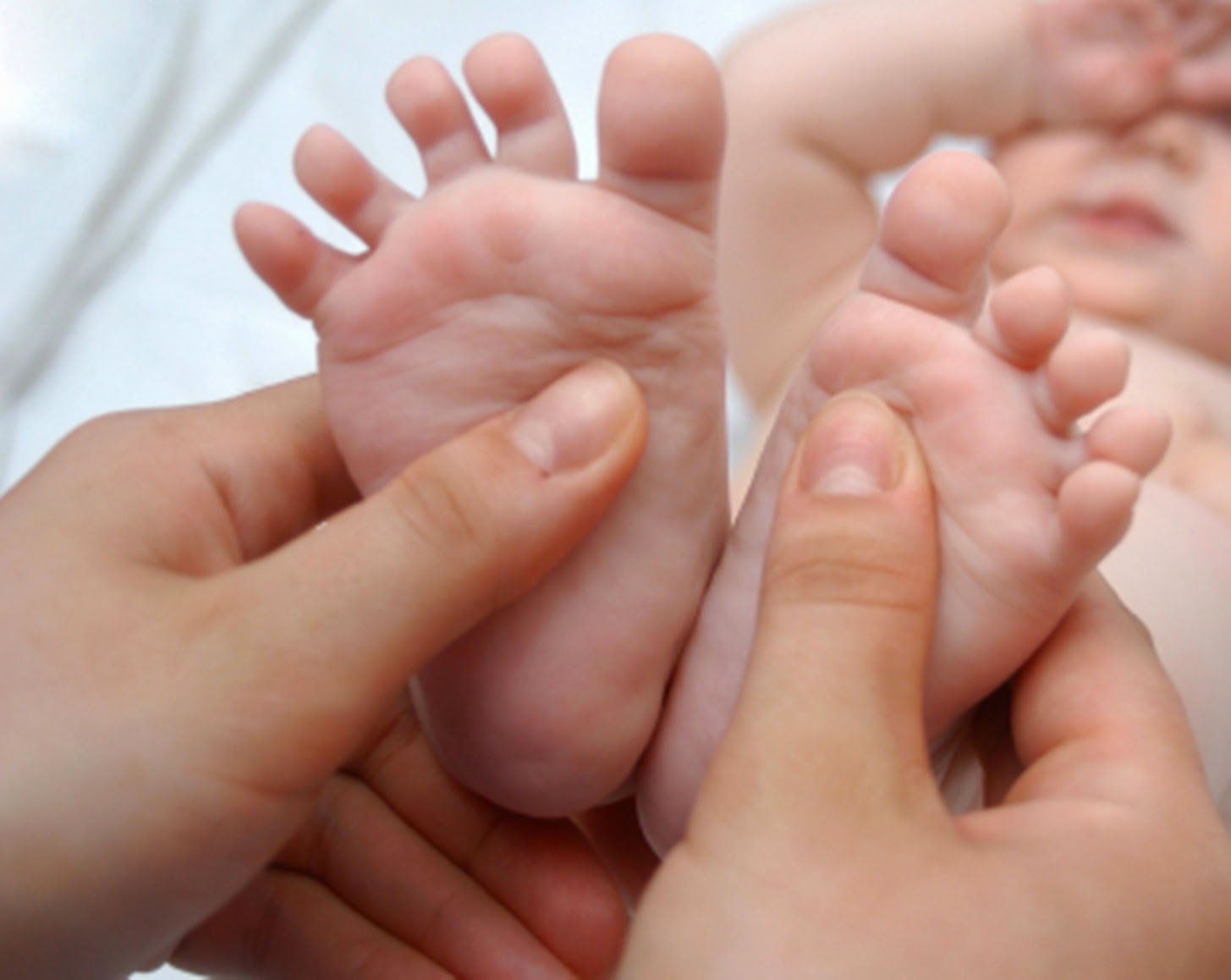God, I
love hockey. As you may have read in November’s Size Matters, I’m a devoted hockey fan. (Go Lightning!) I love the
speed, the strength, and the beautiful biomechanics of this amazing sport. I also
love the rituals following each goal. Here’s how they unfold: the puck hits the
back of the net, the shooter raises his stick in triumph, and the team then consummates their achievement with a massive group hug. Fellow teammates pile on in what can only be compared to an anaconda mating ball. It’s
a raucous love fest, which is all the more ironic considering the brutal
physicality of the sport.
Hockey
is not the only sport that involves teammate touching. In fact, most team
sports involve some degree of touch, whether to celebrate an achievement, allay a mistake, or simply encourage one another. A team’s touchability has
even been linked to their ranking: the more successful the team, the more they
tend to touch (although it’s the chicken-or-the-egg conundrum as to which comes
first).
And why
do they do this? Because touch is an integral part of human communication.
Our
sense of touch begins in our skin. Nerve endings that originate in our dermis
send messages via our spinal cord to our brain, where the information is
processed. Our brain has evolved two separate pathways to analyze touch. The
primary somatosensory cortex deciphers the fundamentals of touch: pressure,
texture, vibration, and location, which is critical for navigating our world.
But the second pathway is just as critical, for without it, we would respond to
external stimuli like automatons. I’m talking about the emotional aspect of
touch.
Our
complex brain performs a remarkable sensory feat each time we engage in touch: it
places that touch in context. It does this by utilizing particular sensors in
the skin, which trigger regions of the brain associated with pleasure, pain,
and social bonding. And it’s the brain’s dual pathway that explains why the
same type of touch can be perceived in widely disparate ways.
Imagine
the touch of a loved one: the reassuring pat of a parent, the warm hand of a
child, or the sensual stroke of a lover. These contexts engage sensory fibers
that trigger emotional bonding reflexes within our brains. Now compare that to
the eerie touch of a drunken stranger who sidles up to you at a bar. Same
touch, very different scenario. Our reactions to touch are based on the
emotional interpretations produced in our brain. And when it comes to touch, it’s
all about context.
Touch is
more than a means of engaging our world, it is fundamental to our emotional
development. Children deprived of touch not only suffer emotionally, its lack affects
their immune response, digestive health, and their ability to integrate in
society. That’s because touch forges trust; a response rooted in the chemicals
within our brains. In the proper context, touch triggers the release of
oxytocin, a hormone closely associated with our sense of trust, which explains
its role in sex, birth, and breastfeeding. A warm touch also reduces stress by
tamping down one of the key stress hormones in the body, cortisol.
And it’s
these positive benefits that drive much of the recent research on touch. At the
Touch Research Institute (yes, there is such a place) at the University of
Miami, scientists are hard at work exploring the emotional benefits of touch.
According to their research, touch, in the form of therapeutic massage, can
alleviate headaches and anxiety, help with muscular and spinal cord injuries,
and reduce stress and pain. The Institute is even exploring how regular massage
can ease postpartum depression. It turns out that massaging an expectant mother
reduces stress and depression during and after pregnancy, but also benefits the
baby by lowering the incidence of premature births and low birth weight among
tots. So if your significant other is expecting, be a dear and give her a rub.
They say
a picture is worth a thousand words. The same can be said of touch, only the
language of touch goes beyond mere words. Touch speaks to us on a visceral
level, stirring emotions that drive us as human beings. Trust, desire, security, and well-being can be relayed without uttering a sound. All it takes is the
right touch.
Here's a fascinating read on the subject.

Related Posts
Why We Kiss
A Mother's Touch
Hurts So Good
Here's a fascinating read on the subject.
Related Posts
Why We Kiss
A Mother's Touch
Hurts So Good

















